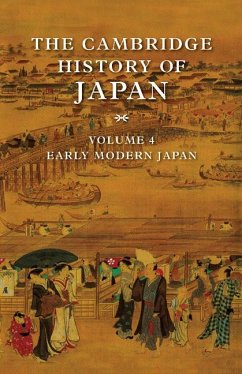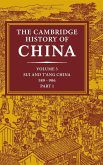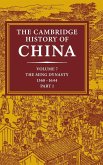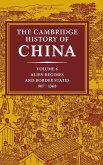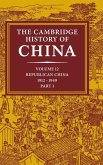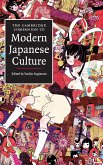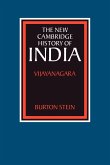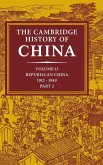This is the fourth of six volumes designed to explore the history of Japan from prehistoric to modern times. Volume 4 covers the years from 1550 to 1800, a short but surprisingly eventful period in Japanese history commonly referred to as Japan's Early Modern Age. At the start, in the sixteenth century, much of the country was being pulled apart by local military lords engaged in a struggle for land and local hegemony. These daimyo succeeded in dividing Japan into nearly autonomous regional domains. Before the end of the seventeenth century, however, the daimyo in turn were subjected to a powerful unification movement led by three colourful figures, Nobunaga, Hideyoshi, and Ieyasu. It was under Tokugawa Ieyasu, the last of the unifiers, that Japan was brought together under a single powerful command vested in the office of shogun. The Tokugawa hegemony lasted until 1868 when it was brought down by the Meiji Restoration. This volume attempts to flesh out the historical tale with insights into the way that people lived and worked. It examines the relationship between peasant and local lord, and between the lord, as a unit of local government, and the emerging shogunate. It offers new insights into the evolution of indigenous thought and religion and it also deals with Japan's foreign relations, particularly the impact of the Christian missionary movement. Each of these themes is examined by thirteen distinguished Japanese and American scholars.
Table of contents:
1. Introduction John Whitney Hall; 2. The sixteenth-century unification Asao Naohiro; 3. The social and economic consequences of unification Wakita Osamu; 4. The bakuhan system John Whitney Hall; 5. The han Harold Bolitho; 6. The inseparable trinity: Japan's relations with China and Korea George Elison; 7. Christianity and the daimyo George Elison; 8. Thought and religion: 1550-1700 Bito Masahide; 9. Politics in the eighteenth century Tsuji Tatsuya; 10. The village and agriculture during the Edo period Furushima Toshio; 11. Commercial change and urban growth in early modern Japan Nakai Nobuhiko and James L. McClain; 12. History and nature in eighteenth-century Tokugawa thought Tetsuo Najita; 13. Tokugawa society: material culture, standard of living, and life-styles Susan B. Hanley; 14. Popular culture Donald B. Shiveley; Glossary; Index.
Volume 4 covers the years from 1550 to 1800, a short but surprisingly eventful period in Japanese history commonly referred to as Japan's Early Modern Age, from the growth of near-autonomous ddomains, through the period of the shogunate to the Meiji restoration. This volume attempts to flesh out the historical tale with insights into the way that people lived and worked. It offers new insights into the evolution of indigenous thought and religion and it also deals with Japan's foreign relations, particularly the impact of the Christian missionary movement.
Examining the turbulent period from 1550 to 1800.
Hinweis: Dieser Artikel kann nur an eine deutsche Lieferadresse ausgeliefert werden.
Table of contents:
1. Introduction John Whitney Hall; 2. The sixteenth-century unification Asao Naohiro; 3. The social and economic consequences of unification Wakita Osamu; 4. The bakuhan system John Whitney Hall; 5. The han Harold Bolitho; 6. The inseparable trinity: Japan's relations with China and Korea George Elison; 7. Christianity and the daimyo George Elison; 8. Thought and religion: 1550-1700 Bito Masahide; 9. Politics in the eighteenth century Tsuji Tatsuya; 10. The village and agriculture during the Edo period Furushima Toshio; 11. Commercial change and urban growth in early modern Japan Nakai Nobuhiko and James L. McClain; 12. History and nature in eighteenth-century Tokugawa thought Tetsuo Najita; 13. Tokugawa society: material culture, standard of living, and life-styles Susan B. Hanley; 14. Popular culture Donald B. Shiveley; Glossary; Index.
Volume 4 covers the years from 1550 to 1800, a short but surprisingly eventful period in Japanese history commonly referred to as Japan's Early Modern Age, from the growth of near-autonomous ddomains, through the period of the shogunate to the Meiji restoration. This volume attempts to flesh out the historical tale with insights into the way that people lived and worked. It offers new insights into the evolution of indigenous thought and religion and it also deals with Japan's foreign relations, particularly the impact of the Christian missionary movement.
Examining the turbulent period from 1550 to 1800.
Hinweis: Dieser Artikel kann nur an eine deutsche Lieferadresse ausgeliefert werden.

